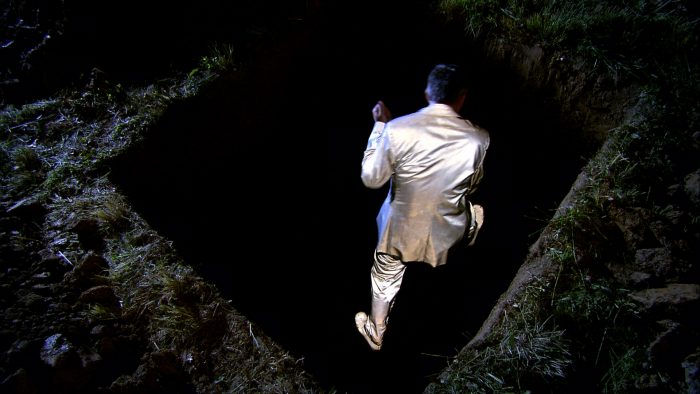GALUM Split, Hrvatska
10. 8. – 24. 9. 2023.
exhibition curators: Vanja Babić, Božo Majstorović
Artists: Ivo Deković, Sandro Đukić, Ivo Gattin, Đorđe Jandrić, Anto Jerković, Božidar Jurjević, Željko Kipke, Zlatko Kopljar, Ivan Kožarić, Jelena Lovrec, Dalibor Martinis, Mak Melcher, Davor Mezak, Marijan Molnar, Lav Paripović, Renata Poljak, Ivan Posavec, Damir Sokić, Goran Trbuljak, Gorki Žuvela
The multimedia-designed Four Elements exhibition includes works by artists of different generations who worked during the last third of the past century and the beginning of this century – from the gradual transition from the modernist to the postmodernist era until the present day. The exhibition draws its immediate inspiration from the philosophical concept of the ancient thinker Empedocles (5th century BC), who explained the entire appearance of nature and the world through four essential and eternal elements: Fire, Water, Earth and Air. Namely, Empedocles teaches that the visual and material characteristics of everything depend on the mutual interweaving or separation of the elements in different proportions. Aristotle would also adopt the thesis of the four elements, and thanks to the Aristotelian tradition, it would persevere in the Middle Ages. The same division also defined the system of the zodiac, whereby three out of twelve signs would make up the fire, water, earth and air groups. Thanks to the famous German art historian Aby Warburg’s efforts to unravel the metascientific zodiac key (by which the Renaissance frescoes in the Palazzo Schifanoia in Ferrara were programmed and executed), this astrological discourse would give birth to iconology, one of the most revolutionary and influential methods for interpretation of art.
The Four Elements exhibition presents works that refer to fire, water, earth, or air – in their form, content, or performance characteristics, thus showing a remarkable variety of the artists’ strategies and approaches. Moreover, in the interpretations of the represented artists, certain elements can be expressed as attractive or intriguing motifs, as primary building-material factors, as consequences of some socially conditioned and sometimes destructive human activities, or as expressions of metaphysical-magical ideas. All the works – each in its own way – possess an emphasized symbolic component that broadly defines their aesthetics, simultaneously opening numerous interpretation possibilities.
